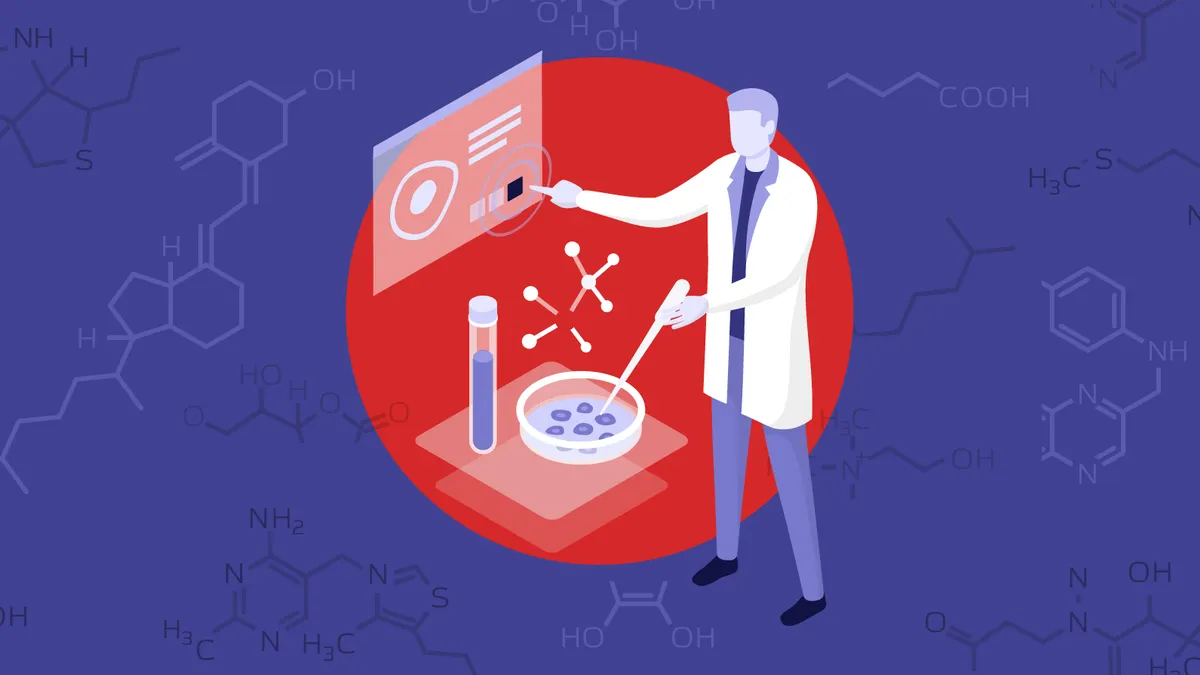Sometimes, the right advances in medicine catch the public’s imagination—opening a world of possibilities that inspires people of all demographics and walks of life. In the last decade or so, few have reshaped the scientific world of medicine and the public consciousness as rapidly as GLP-1 receptor agonists.
Originally designed to regulate blood sugar in type 2 diabetes, GLP-1 receptor agonists have evolved into groundbreaking treatments for obesity, cardiovascular disease and even neurodegenerative conditions. As more people take them and their uses grow, so does their potential. However, with this kind of promise comes more scientific, ethical and financial questions that healthcare providers and drug development professionals must seriously consider.
As a gastroenterologist for 35 years, with 25 of those spent in clinical research and seven at Altasciences, I recognize that GLP-1s may be one of the most significant medical advancements of our time—a treatment poised to redefine metabolic disease management. Ensuring their widespread implementation requires a careful balance of accessibility, sustainability and responsible use.
A golden opportunity in medicine
GLP-1 receptor agonists work by activating glucagon-like peptide-1 receptors, enhancing insulin secretion, delaying gastric emptying and reducing appetite—all mechanisms that help patients manage diabetes and, increasingly, obesity. In 2013, the American Medical Association recognized obesity as a chronic disease rather than a lifestyle issue, marking a substantial shift in healthcare. In 2014, the first GLP-1 therapy for obesity was approved, shifting the perception of weight management from a personal struggle to a treatable medical condition.
The implications of this shift are profound. Obesity is linked to over 200 comorbidities, including heart disease, liver disease and certain cancers. The potential to reduce these risks with a single drug class is monumental. In obese individuals, especially women (who, studies show, earn significantly less in wages than their non-obese counterparts), weight discrimination in hiring, promotions and even healthcare access compounds these challenges—creating a cycle where economic hardship and poor health outcomes reinforce one another.
At Altasciences, we have seen a significant rise in GLP-1 testing for obesity management, and we have been actively engaged in both preclinical and clinical trials for GLP-1 drugs and other metabolic therapies—such as amylin analogs and oral GLP-1 receptor agonists. In 2024, we collaborated with Metsera in early-stage clinical trials for their ultra-long acting injectable GLP-1 receptor agonist, MET-097i.
As we advance our research and understanding of these therapies, their potential to significantly enhance obesity treatment becomes increasingly apparent. This progress opens the door for important discussions about their economic and societal benefits.
The economic outcomes
The financial consequences associated with obesity extend beyond healthcare costs, impacting lifetime earnings and professional opportunities. If GLP-1s can address obesity at scale, we may be looking at a public health revolution with economic ripple effects. GLP-1 therapies are among the most expensive drugs on the market, with monthly prescriptions exceeding $1,000 USD in some cases. While some insurers are expanding coverage, it remains inconsistent.
Beyond direct healthcare costs, the ripple effect from GLP-1s could affect businesses beyond the medical world. Studies show that as users eat less, snack less and dine out less due to a more balanced lifestyle from GLP-1-assisted weight loss, it can lead to a projected multi-billion-dollar loss for food manufacturers, restaurants and grocery chains. While this presents challenges for certain industries, it also opens opportunities for innovation and a move toward producing healthier food options, meal alternatives and consumer products that align with the changing dietary habits.
Meanwhile, employers and insurance providers are weighing whether covering GLP-1s will lower long-term healthcare costs enough to justify the expense. The results of this calculation will dictate whether these drugs remain a privilege of the wealthy or become an essential everyday function of chronic disease management.
Balancing progress with responsibility
The excitement surrounding GLP-1s is justified. These drugs could drastically lower rates of many life-affecting diseases and ailments, such as diabetes, cardiovascular disease and other metabolic disorders and contribute to improving millions of lives. But with long-term safety data still emerging, we should proceed thoughtfully as we continue to make progress.
Also, we should not rely solely on pharmaceuticals to address the root causes of systemic health issues. Nutrition education, physical activity programs and addressing social determinants of health must remain a priority. GLP-1s are not a magic potion to cure all, and we must not ignore the broader public health interventions necessary to create lasting change in our society.
In conclusion: Working in unison for a new era
GLP-1 receptor agonists are a breakthrough that represents a new direction for medicine and public health. Metabolic diseases may no longer be seen as inevitable, and the idea that obesity might finally be treated with the urgency it deserves is exciting. The possibilities are still wide open, and from here we can only go up. But as we stand on the precipice of this transformation, we must still be sure to ask ourselves: “How do we ensure this innovation benefits all rather than just a privileged few?”
The healthcare system is adapting to the rising demand for GLP-1s and, with thoughtful planning, we can make these therapies more widely accessible. Expanding insurance coverage and public health initiatives will be critical in making these treatments available for those who need them, and businesses adjusting to these changing consumer behaviors can lead to lasting improvements in both individual health and the economy.
I have spent my career working towards helping to better the lives of those most in need. For me, the true measure of progress is not just in what drugs we develop and how they work, but also in how responsibly we use them.
About the author
Dr. Gaetano Morelli joined Altasciences in 2017 as a medical advisor and consultant for complex studies. He quickly moved into the role of Clinical Principal Investigator and became Chief Medical Officer in 2020.
Dr. Morelli is a member of the Collège des Médecins du Québec and a Fellow of the Royal College of Physicians of Canada. He is certified in Internal Medicine and Gastroenterology and is also a Fellow of the American College of Gastroenterology.
With over 30 years of clinical medical experience and 25 years in clinical research, Dr. Morelli serves as a clinical academic gastroenterologist at the McGill University Health Network. He is an associate professor of medicine at McGill University in Quebec, where he is involved in training medical students, residents and specialty fellows. Previously, he held the position of Director of Global Medical Affairs (CMO) at MDS Pharma for 10 years, overseeing five clinical sites in Canada, the United States and Ireland.










